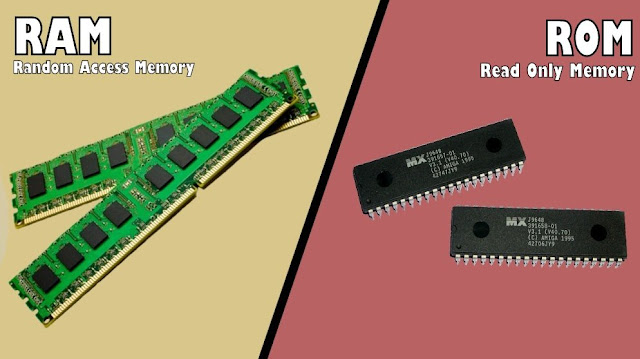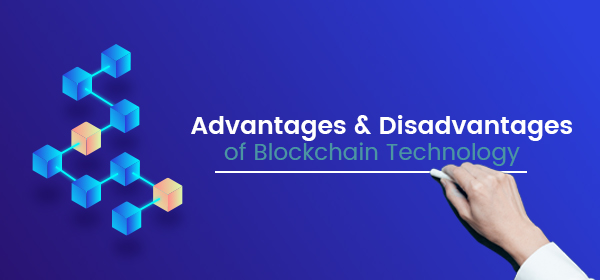Google's product enhancement report in Google Search Console reporting includes some enhancements. These errors have been made more specific and offer more actionable errors as well as suggestions about what you can do to correct your mistakes with the product's structured data on your web pages.
The announcement. Google published this update on the help for data anomalies page that states that as of September 29th, 2021 "Search Console now provides more granularity in error reporting for Product structured data items." "As a result, many issues involving incorrect formatting that were formerly marked as invalid object are now marked more specifically with invalid type or format categories," Google added.
The report is a product. Google initially added the report in Search Console in February 2019. Google has improved these reports throughout time and this is one of them. If you've got product-specific data on your site , and the site is a verified Search Console property for that site, you can view the report this page via Search Console.
Learn more about the report on this page.
What's the reason we are concerned. If you notice a rise or decrease in errors September 29th 2021, it's likely due to this change in the way Google displays more precise mistakes in the report. Examine the updated errors and forward the errors to developers for resolution. Check for updates a week or two later to determine whether the issues have been addressed.













